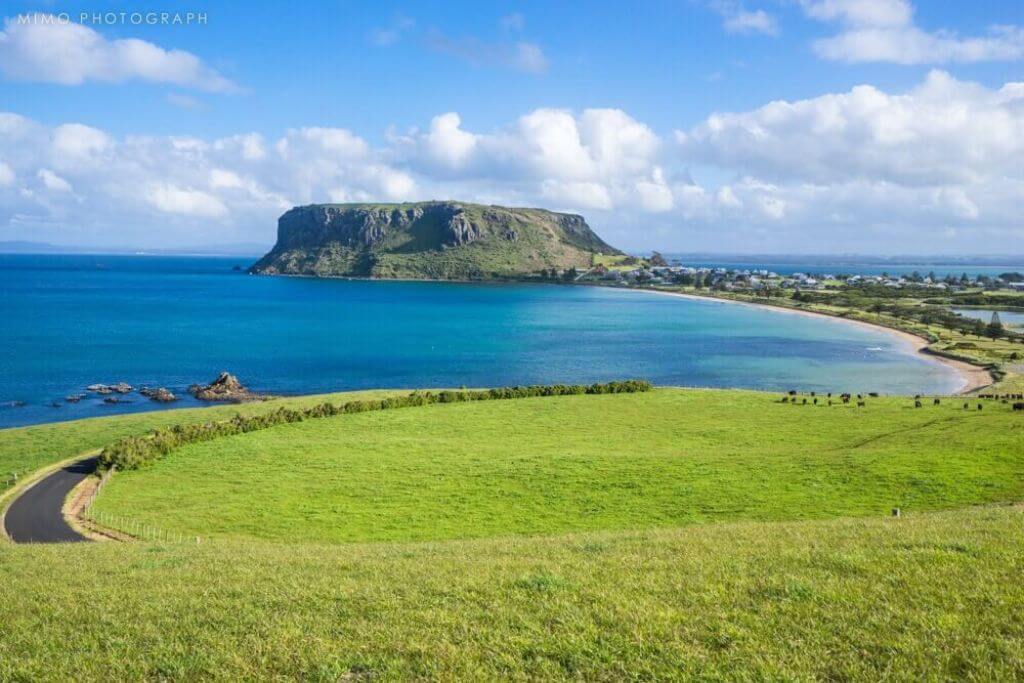One of the island state’s first settlements was Stanley’s fishing community, located in the isolated northwest of Tasmania. Its wonderfully preserved 19th-century streetscape is one of Australia’s most endearing, and it is rich in history. The township is also tucked away at the foot of a striking volcanic plug called The Nut. Reading the article below about this lovely village, Stanley, Tasmania, will give you much knowledge for your forthcoming vacation.
1. Stanley: A Prettiest Small Town In Tasmania
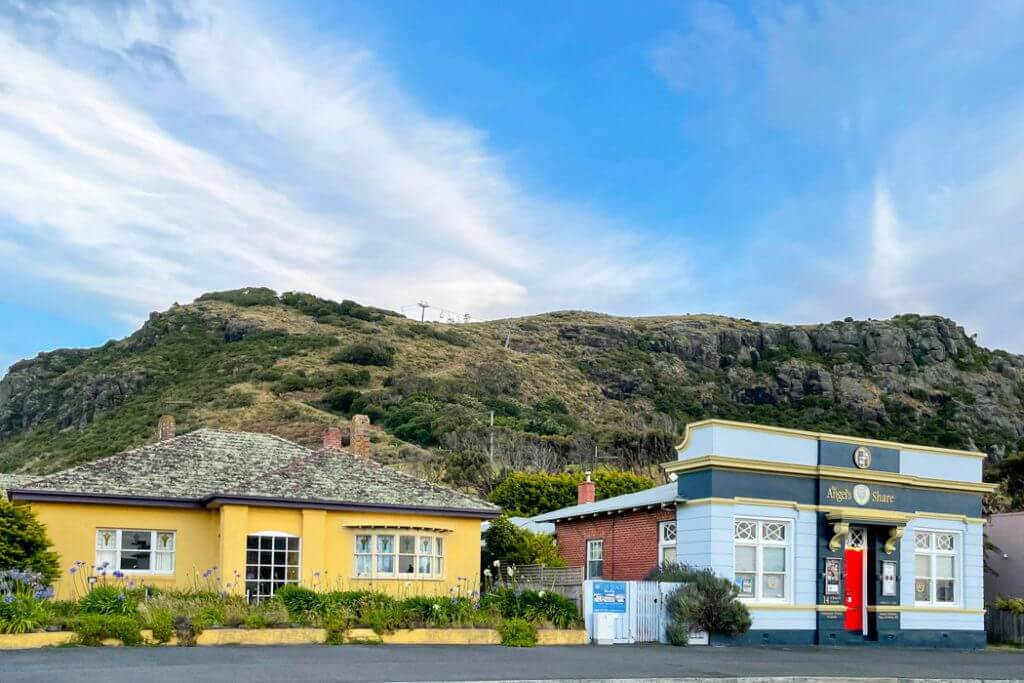
The quaint hamlet of Stanley is situated on a narrow peninsula that protrudes into the Bass Strait on Tasmania’s northwest coast. Stanley, located at the base of the 150-meter-high flat-topped old volcano known as The Nut, enjoys breathtaking views of the coastline on both sides of the city.
Stanley, which has 553 residents, is all about tranquility. It is a beautiful coastal town that belongs in the 1800s. It is understandable why Hollywood producers selected it as the location for the period drama “The Light Between Oceans,” given its charming colonial charm.
The Australian Tourism Industry Council’s recognition of Stanley as one of Australia’s top tourist destinations comes as no surprise. In the Small Top Tourism Town with a Population of Less Than 5,000 category, Stanley got the Bronze Award in 2021.
Read more A Guide To Mount Wellington, Tasmania: Hobart’s Best Attraction
2. Is it worthwhile to visit Stanley in Tasmania?
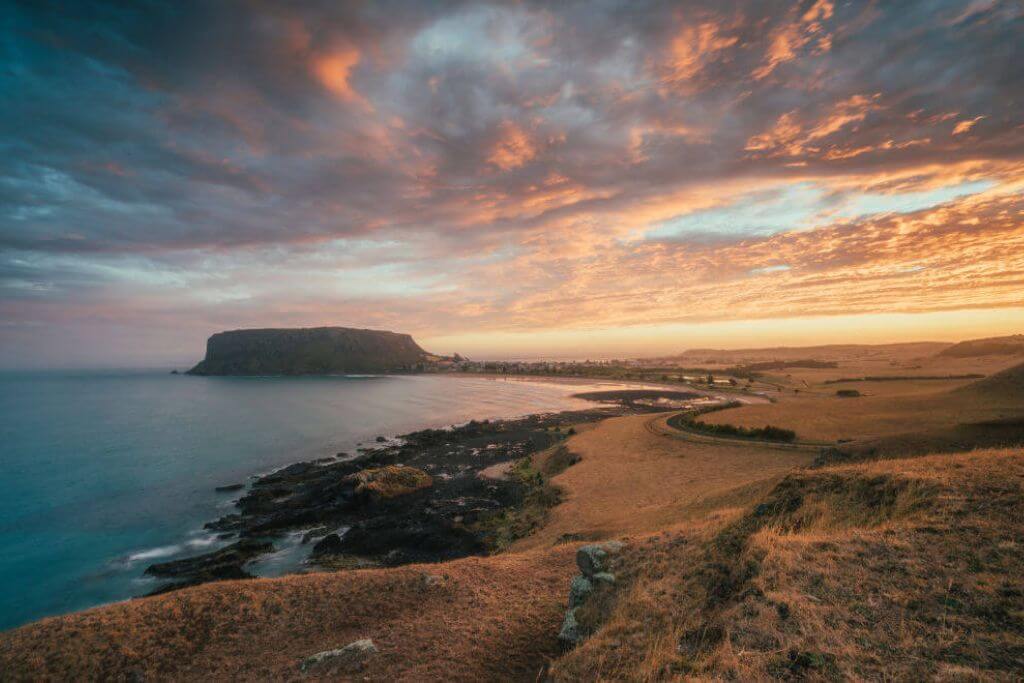
In Tasmania’s extreme northwest is the town of Stanley. It is peculiarly situated at the head of a narrow neck of land with the well-known volcanic landform known as “The Nut.” Due to its setting, the town is a highly lovely site to visit and is worthwhile just for the views.
Related post What Makes The Tessellated Pavement Tasmania Remarkable?
3. What is famous about Stanley, Tasmania?
On Tasmania’s northwest coast, Stanley is a charming hamlet perched on a little sliver of land that juts out into the Bass Strait. It is notable for its enormous volcanic plug and very well-preserved colonial structures. The plug dominates the little town skyline as it rises 150 meters above the lake.
Don’t miss Bay Of Fires Tasmania: One Of The World’s Hottest Travel Destinations
4. Stanley’s history
For the purpose of starting a venture to grow wool in northwest Tasmania in 1825 to “meet the needs of the British textile industry,” Van Diemen’s Land Company was given permission to do so. The town of Stanley was given its name in honor of Lord Stanley, the British Secretary of State for War and Colonies at the time. The port opened in 1827, and by 1842 Stanley had lost its status as a town.
At the Highfield Historic Site and by strolling down Church Street in the town’s historic district, you may learn more about Stanley’s colonial past.
Do you know 3 Historic Tasmanian Bridges: Creepy Stories Around Them
5. Things to do in Stanley, Tasmania
Explore Stanley’s historical center
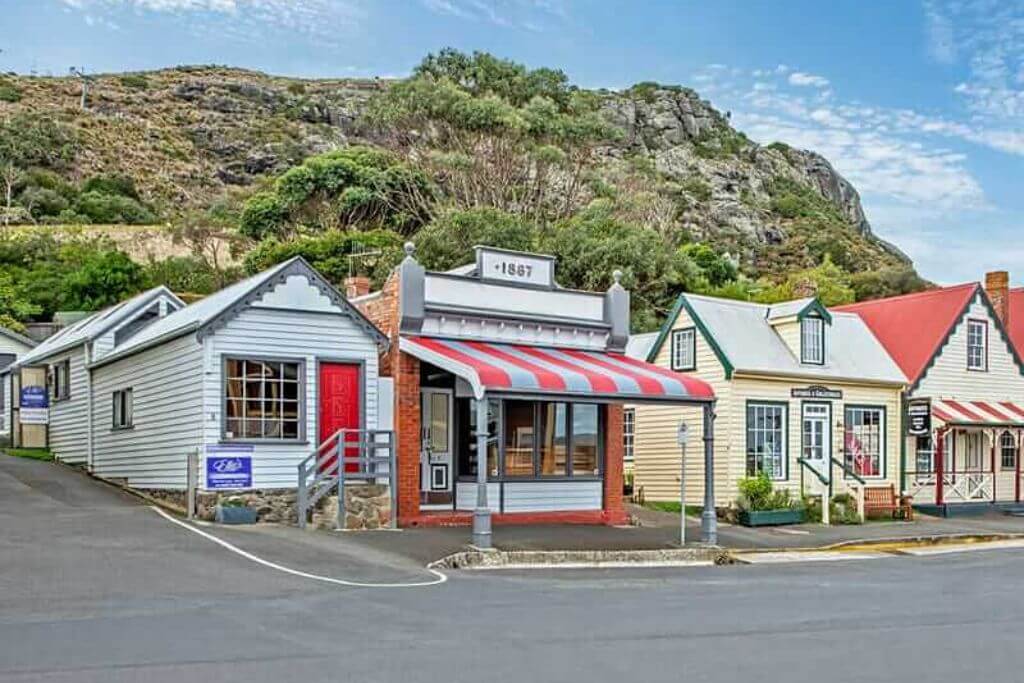
When you go to Stanley, it’s like going back in time and finding oneself in colonial Tasmania (but with all the modern-day creature comforts). So go to the historic town center to immerse yourself in its vintage charm. Consider staying in one of the cottages on Church Street or Alexander Terrace.
The Discovery Museum is nestled at the end of Church Street, one of the two lanes in the historic center that are quite small but crammed with cute shops and cafes.
The red phone booth next to the post office is hard to miss. As the location of the first telephone connection connecting Tasmania to the Australian mainland in 1936, it represents a significant period in Stanley’s history. Ironically, Stanley has very inconsistent mobile reception.
Ascend The Nut
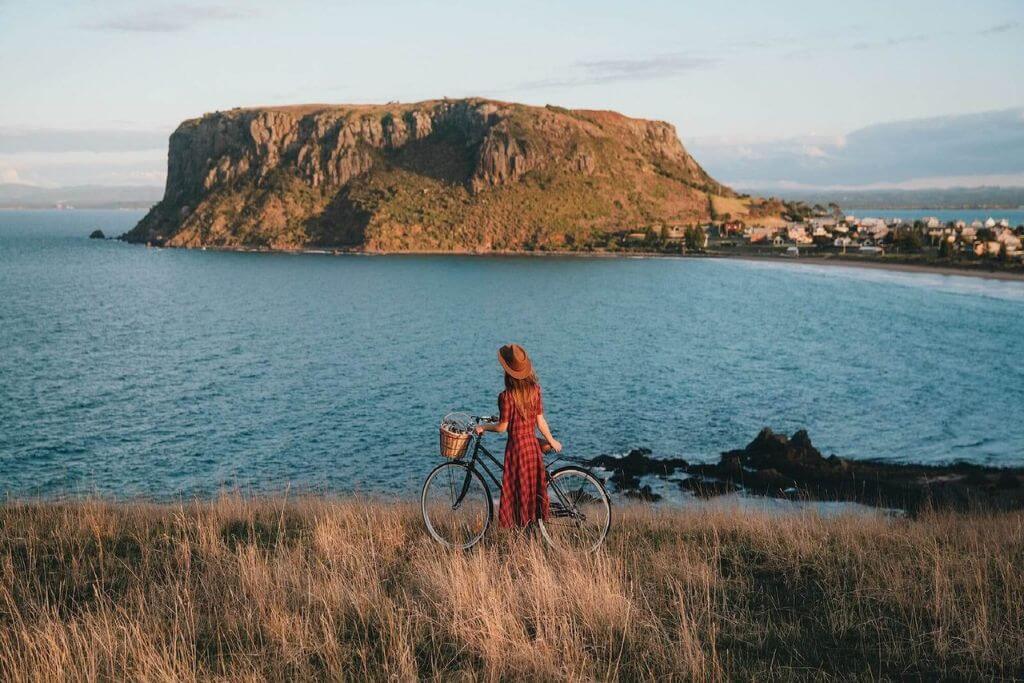
A massive old volcano plug known as The Nut rises 150 meters above the Bass Strait. It dominates the area and is visible from Bass Highway far before you arrive in Stanley.
Of course, The Nut’s vantage point at the summit offers spectacular 360-degree views of the shoreline. The good news is that you don’t actually need to climb The Nut. Instead, you can ride the chairlift to the summit. If you’re planning a sunset expedition, just make sure you don’t miss the last chairlift up, which happens between 4.30 and 5.30 pm depending on the season. On the way back, it’s rather simple to stroll down, but getting to the top requires some effort. The entire ascent is rather steep.
Short-tailed shearwaters have an important breeding population in The Nut (between September and April). Their tunnels are visible from the route. Please keep on the route to prevent harming the nests since the birds utilize the same burrows every year. Sheerwaters spend their daylight hours at sea and come home to their nests at dusk.
Take a stroll along Fisherman’s Wharf
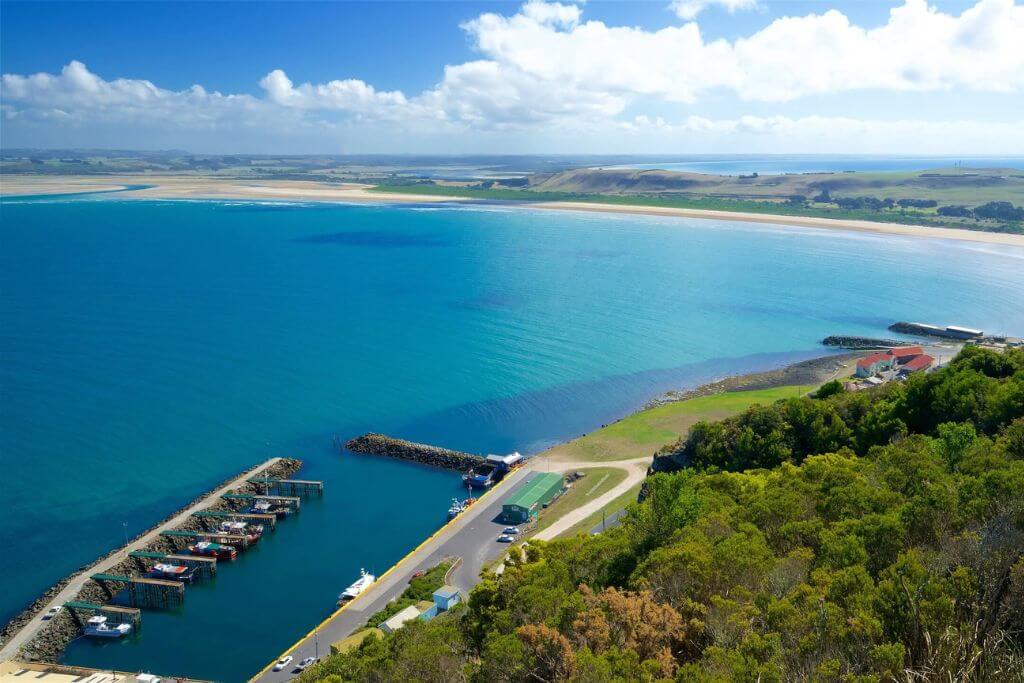
The view of the shoreline from The Nut’s peak is equally as breathtaking as it is from below. Take a stroll to the fisherman’s wharf, past the fishing boats and a few eateries, to get a sense of just how big it is. The foot of The Nut, where the craggy rock meets the water, is where you’ll arrive if you take the Wharf road all the way to the end.
In order to glimpse the summit of the ancient rock, you will need to crane your neck as much as possible. Additionally, if you time it just right, you can see clouds exploding from The Nut.
The largest fishing port in north-western Tasmania is Stanley, and a stroll along Wharf Road reveals the true character of this lovely town. Bass Strait’s crystal-clear water, lobster traps, and fishing boats.
As you proceed, pay attention to the water’s edge. You can see any passing sea life since the water is so clear.
Walk the Tatlows Beach Loop
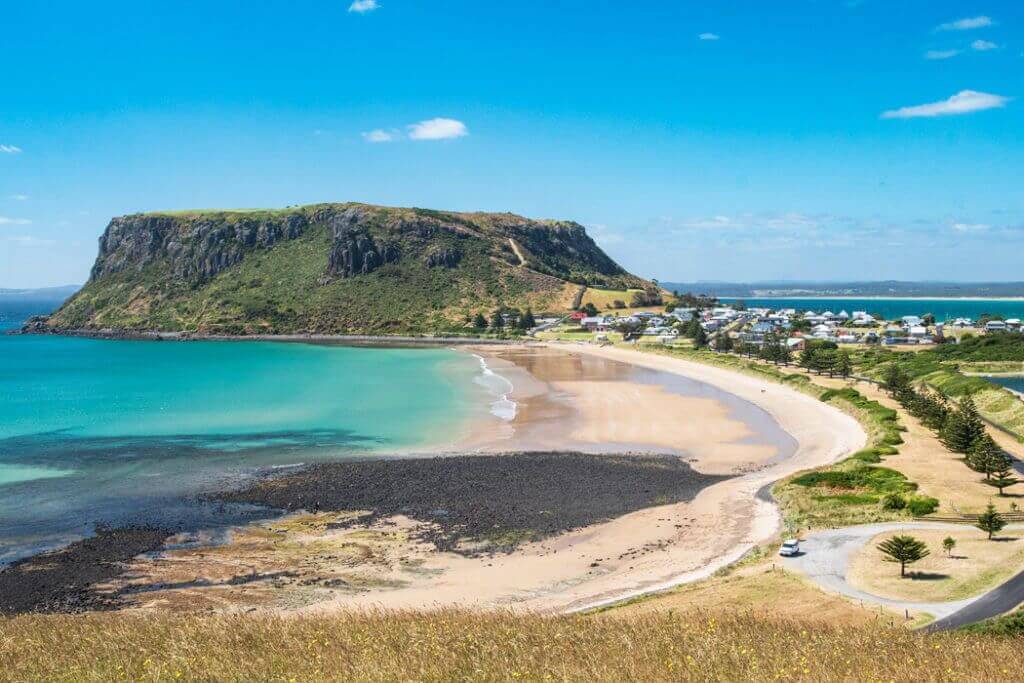
Following all that Stanley’s cuisine sampling, a 90-minute circular walk to Tatlows Beach might be precisely what the doctor ordered if you need to get some exercise. The recently built route loops around the picturesque Tatlows Beach Conservation Reserve before returning next to the Stanley Golf Course.
Watch for the shorebirds as you go down the beach. In addition to numerous Silver gulls, we also observed some cute Pied oystercatchers, Sooty oystercatchers, Masked lapwings, and other seabirds.
If you visit during the summer, you might be tempted to dip your toes in the bay’s gorgeously colored water. It’s too chilly to go swimming, but it’s also too picturesque to ignore.
Take a trip to Highfield Historic Site
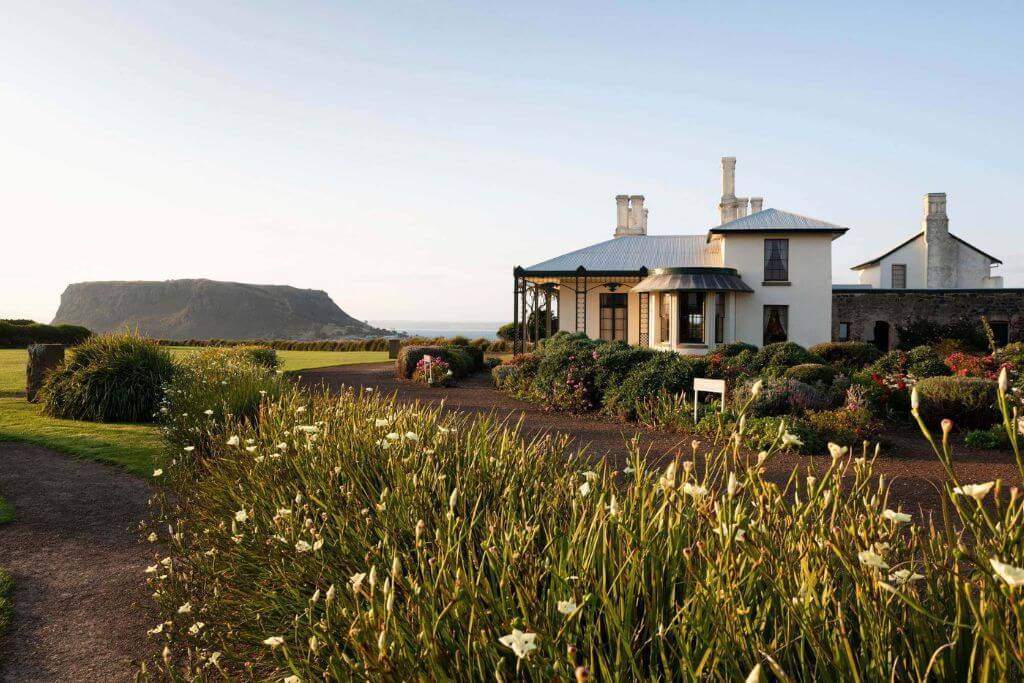
Highfield Historic Site should not be missed, whether you are a history enthusiast or not. It is intriguing to examine the Highfield homestead, which is regarded as the beginning of European colonization in north-western Tasmania. Additionally, given its high location, it provides some of the best views of The Nut and the town.
The meticulously preserved homestead offers a glimpse into the well-to-do British explorers and merchants who made up the early colonists in the 1830s. A dramatic picture of the early years of the Van Diemen’s Land Company’s “conquest” of Tasmania is painted by the brief biographies of certain major figures that are elegantly displayed on the walls of the homestead’s many rooms.
Naturally, the settlers in northwest Tasmania believed the local Aboriginal people to be trespassers on the company’s land and forcibly removed them to offshore islands, just like the majority of colonists in Australia.
But Highfield is a fascinating complex to roam about for an hour or two if you can see past the harshness of colonial tactics. When you visit the kitchen, be sure to read the printed directions for creating butter.
Godfreys Beach’s sunset show
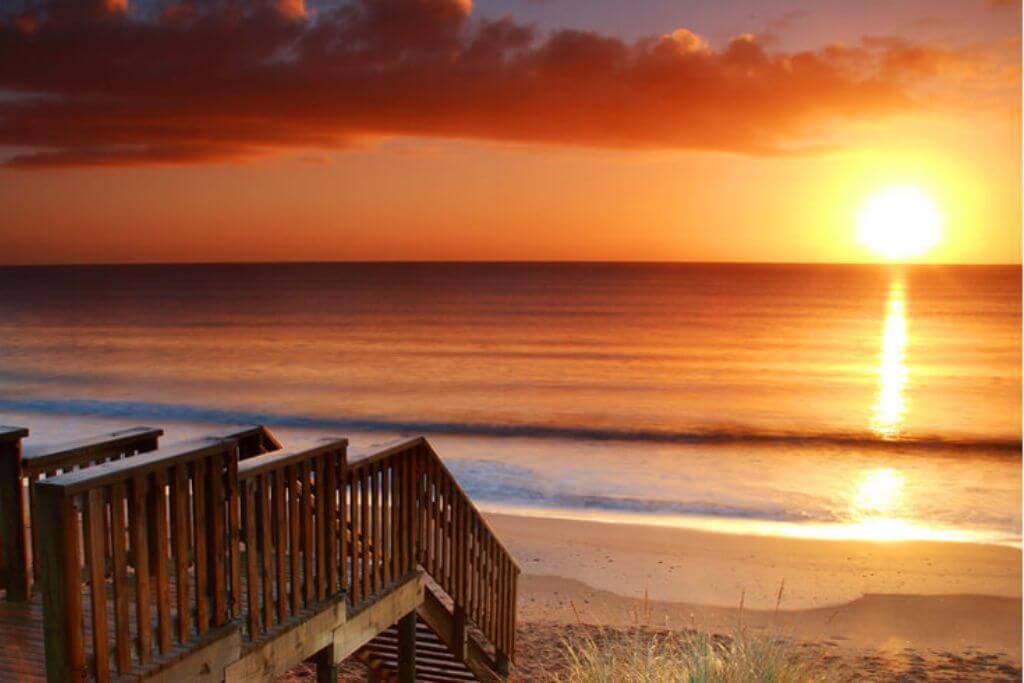
You can watch the sunset on either beach in Stanley, but Godfreys beach is preferable if you want to see the penguins come out of the water and make their way to their nests in the cliffside vegetation. Owing to the location of the penguin viewing platform at the end of the beach.
Any time of day, the 1.1 km-long Godferys beach is impressive. You may spend hours exploring this gorgeous stretch of beach because it is shielded from the strong westerly winds. But when the sun sets, it looks even more lovely.
Watch the Penguins Land
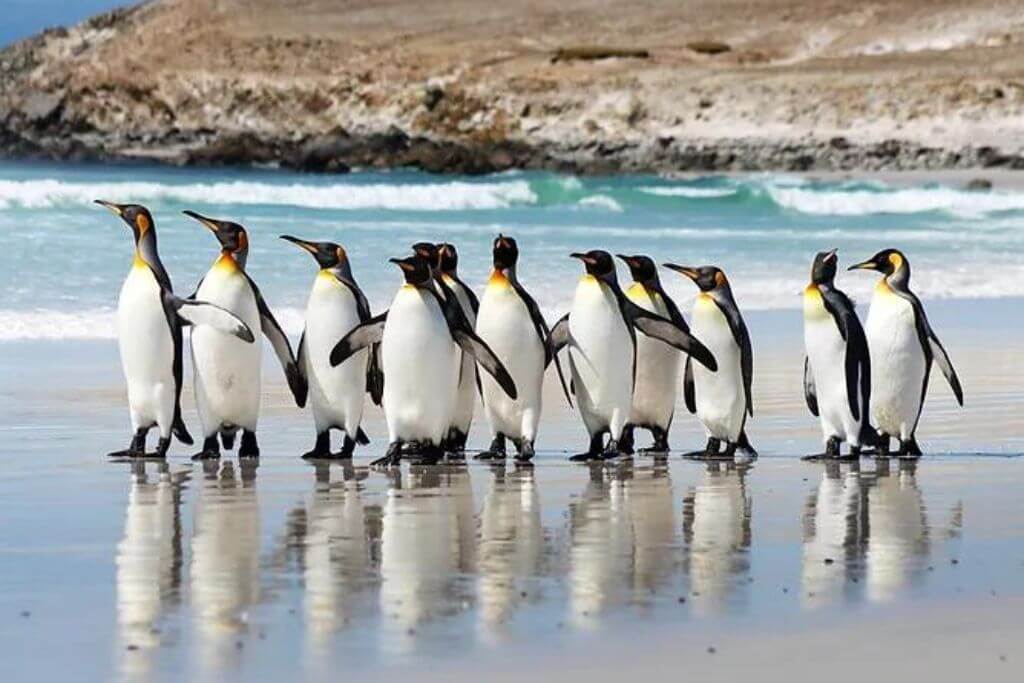
With an estimated 110,000–190,000 Little or Fairy penguins residing on the Tasmanian peninsula and offshore islands, the Tasmanian coastline is truly penguin heaven. From Bruny Island to Stratham to Bicheno, there are possibilities for penguin watching throughout the state. However, the majority of these locations are located along the northwest coast.
The authorized penguin viewing station in Stanley is situated at the far end of Godfreys Beach. Red lights on the platform allow you to observe the penguins at night without endangering the animals. Penguins are nocturnal birds. Thus, they avoid bright light because they are susceptible to it. So please be careful not to shine your torch at them and refrain from using flash when taking pictures.
The chicks wait for the adult penguins when they return to land at night after spending the day foraging at sea. You see them walking along the shore in this manner.
But at Stanley, watching penguins doesn’t stop at the shore. We were shocked to see penguins everywhere in the ancient town center, including at The Nut’s base and the churchyard beside the chairlift entrance. At night, penguins nearly take over Stanley. Numerous Tasmanian pademelons and rabbits are also present throughout the city. After dusk, Stanley becomes extremely crowded!
Observe the night sky
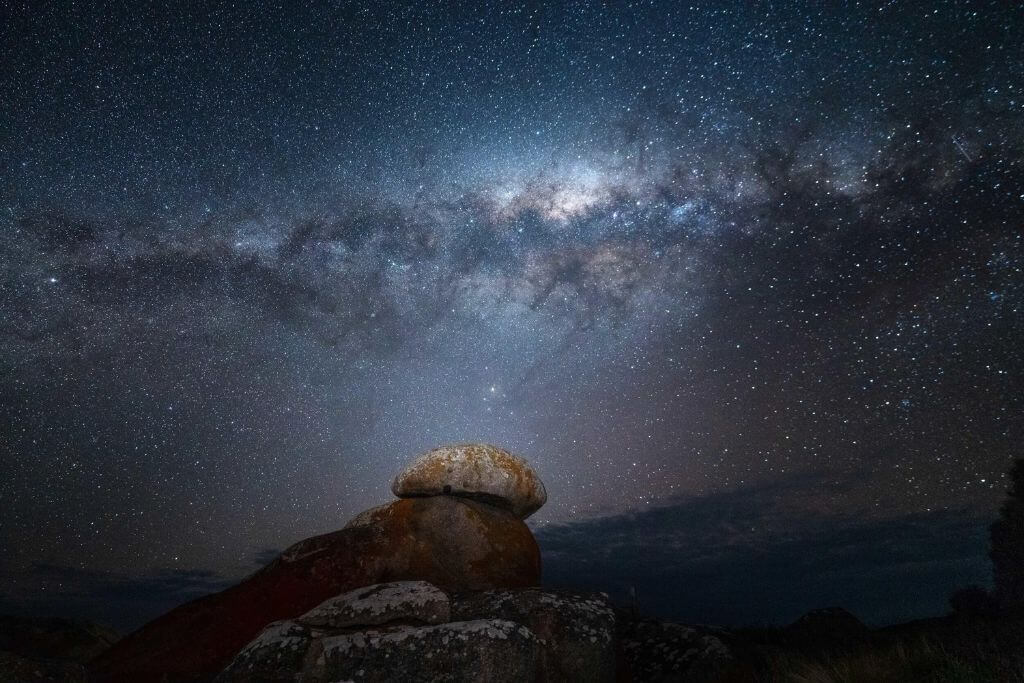
As a result of Stanley’s modest size and proximity to the water, which results in little light pollution, the night sky here can be quite amazing on a clear night. The Nut’s base, where there is hardly any artificial lighting, offers the greatest views.
Investigate Tarkine Drive
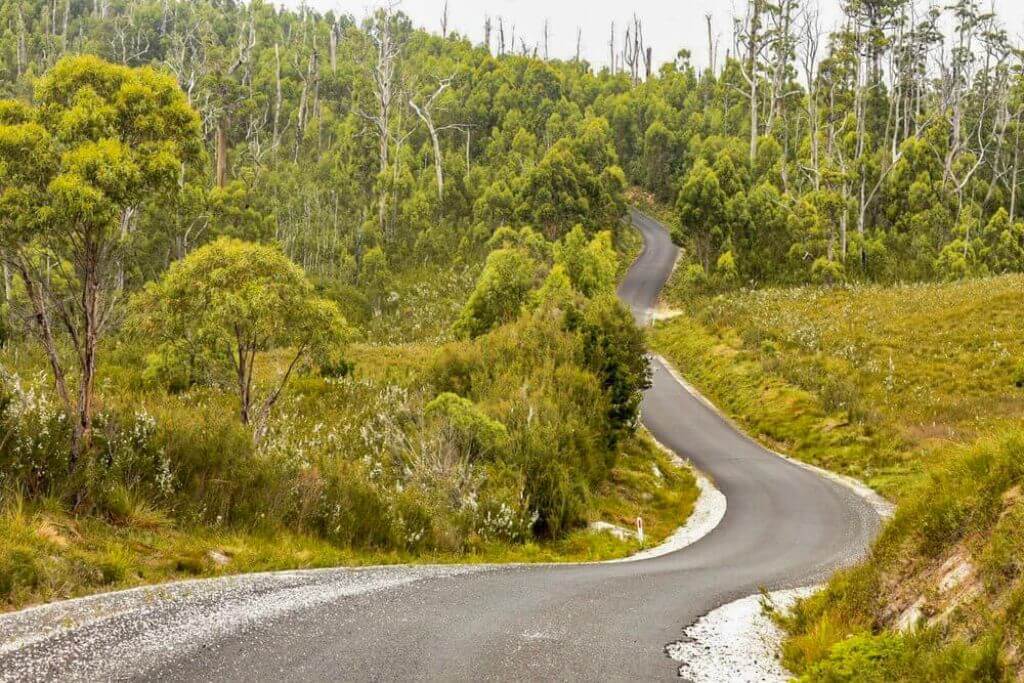
The entrance to some of Tasmania’s most stunning natural areas is in the northwest. One of the last truly spectacular wilderness experiences is the breathtaking 205-km Tarkine Drive, located just 21 kilometers south of Stanley. The world’s largest area of cool temperate rainforest is the Tarkine wilderness.
The looping road has two contrasting sections: the cool jungle and the wild beach. The trip can be either clockwise or counterclockwise and begins and ends in Smithton. It is essential to allot at least two days for the drive, one for the coast and one for the jungle stretch. Along the route, there are numerous pauses, some of which lead to lookouts and others to small walking paths. You have a choice of staying overnight at Tarkine Grove Cottage or Port Arthur (shore) (rainforest).
Admire the beaches at the boat harbor
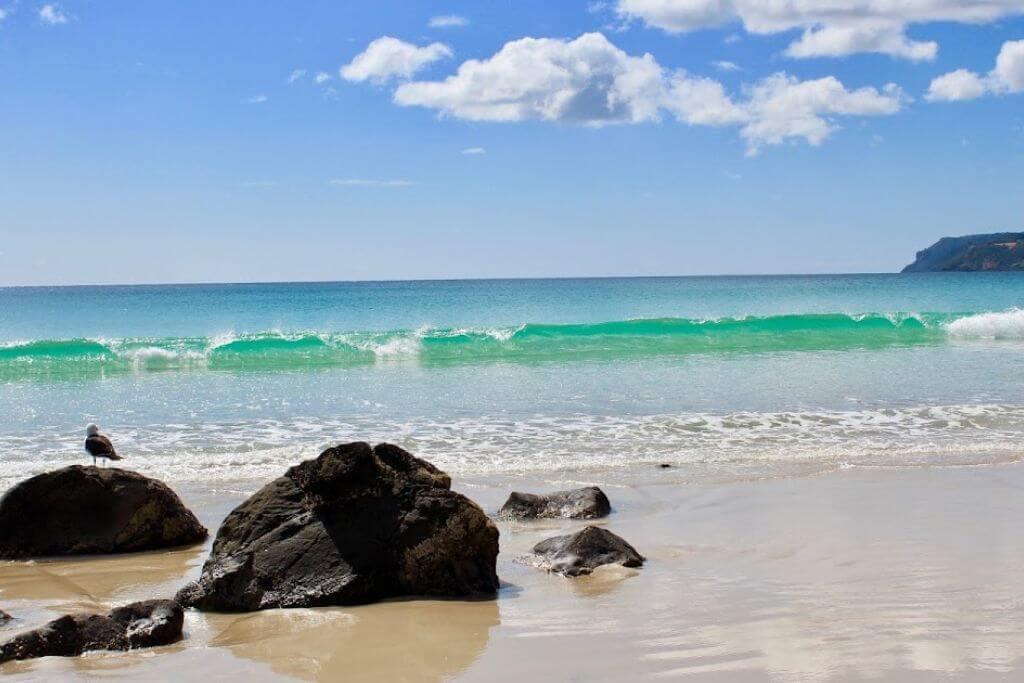
The Boat Harbour beaches on the northwestern shore are another striking spot to visit. To reach two breathtaking beaches, it only takes a short 51-kilometer journey past Rocky Cape National Park. I am not readily impressed by beaches because I am from the Australian mainland, but Boat Harbour Beach and the adjoining Sisters Beach are some of the most beautiful beaches I have ever seen.
You could be excused for thinking the water at Boat Harbour beach was from the Maldives or the Philippines because it is so pure and turquoise. And on the Sisters beach, a small creek with clear, tea tree-tinted water winds its way across the sand until it joins the beach’s stunning turquoise ocean. This landscape is so beautiful that it seems unreal.
6. Getting to Stanley, Tasmania
From Burney (78.5 km), Devonport (124 km), and Launceston, you can take the Bass Highway to Stanley, which is situated along Tasmania’s northwestern shore (213 km).
Burnie has the closest airport. Flights are offered to King Island, Launceston, and Melbourne. The journey to Stanley cannot be made by public transportation.
7. How long should you stay in Stanley, Tasmania?
Make sure to stay at least two nights to really experience Stanley’s laid-back and cozy atmosphere.
A beautiful little town with a lot of punch for its size is Stanley. There is delicious food, magnificent landscape, and history that has been maintained exactly. However, there is another aspect about Stanley that is tougher to pin down. It’s how you feel in the city – completely at ease, in the present, and intensely content. You can not help but fall in love with Stanley.
